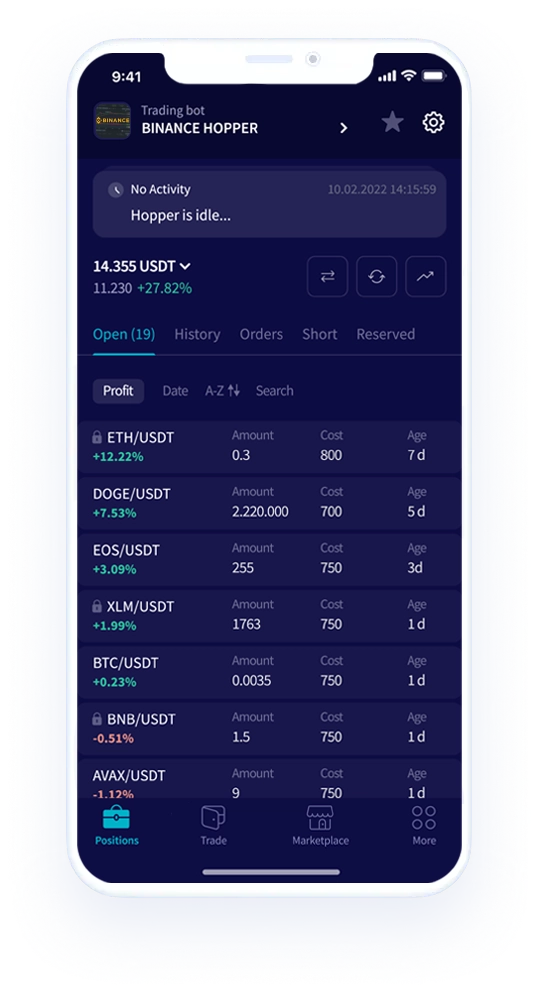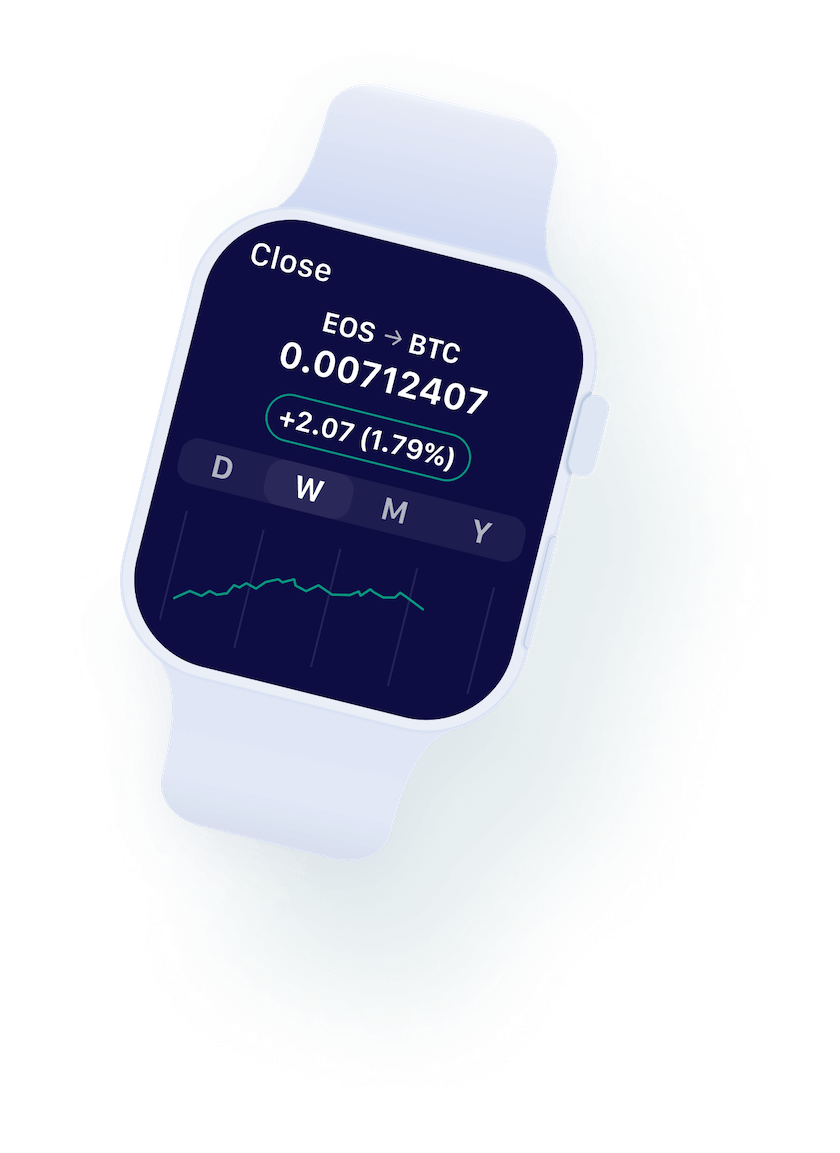This is not the first time Sun has raised concerns about Ethereum’s trajectory. Just days earlier, on March 11, he issued a stern warning regarding the high leverage of Ethereum, which could pose a major risk to both the coin and its DeFi ecosystem.
What’s Dragging Ethereum Down?
● Sluggish Price and Low Investor Confidence
Ethereum has struggled this cycle, with ETH/BTC exchange rates hitting multi-year lows. Beyond technical corrections, sentiment is in the gutter. Some in the community are jokingly calling ETH the “short seller’s ATM” — suggesting that no matter when or where you short it, you’re bound to profit.
● Ecosystem Issues
The Ethereum Foundation (EF) has come under fire for continuously selling ETH, offloading 4,666 ETH between January 2024 and January 2025. Critics argue this adds selling pressure while failing to leverage staking or DeFi strategies to generate sustainable returns. Meanwhile, Ethereum’s Layer 2 (L2) boom hasn’t significantly boosted the mainnet since gas fees plummeted, resulting in decreasing staking yields and weaker incentive to hold ETH than ever.
● Rising Competition and Pressure
Ethereum isn’t just battling its own inefficiencies but facing regulatory challenges while losing ground to rivals. The U.S. SEC’s recent delay on Grayscale and Fidelity’s spot ETH ETF options dampened market sentiment even further. Solana and TON are making aggressive ecosystem plays, and TRON is tightening its grip on the stablecoin market, all chipping away at Ethereum’s dominance.
Can the Pectra Upgrade Reshape the Ecosystem?
The upcoming Pectra upgrade, combining the Prague and Electra forks, aims to improve Ethereum’s execution and consensus layers.
According to HTX Research, key improvements in Pectra (EIP-7702, 3074, and 7623) will enhance projects in the sectors of modularity, chain abstraction, and account abstraction (AA) wallets. EIP-7594 (PeerDAS) introduces data availability sampling (DAS), which is expected to be advantageous for ZK Prover networks. Additional EIPs will help lower L2 transaction costs, speed up processing times, and reduce data storage expenses.
What Else Can Ethereum Do to Bounce Back?
Upgrades alone won’t be enough—Ethereum needs a stronger strategy to regain users and liquidity.
Earlier this year, Justin Sun outlined a “First Week Plan” if he were in charge of the Ethereum Foundation. His strategy focuses on four key points:
1. Stop all ETH sales for at least three years and cover operations expenses through AAVE loans, staking yields, and stablecoin loans to maintain ETH’s deflationary model.
2. Tax all Layer 2 projects aggressively, generating at least $5 billion annually to fund ETH buybacks and burns.
3. Streamline the Ethereum Foundation’s team and increase salary for key contributors.
4. Slash validator rewards while ramping up ETH burn mechanisms.
Sun believes these moves could push ETH past $4,500 within a week of implementation.
Former Ethereum Foundation Solidity engineer Harikrishnan Mulackal has also voiced concerns over Ethereum’s technological stagnation due to a lack of clear development direction. He argues that an excessive focus on research is slowing real progress and Ethereum needs to shift toward product-driven innovation based on reflections on bottleneck problems over the past five years. Without major changes, the network risks repeating past trajectory.
Despite the current downturn, seasoned crypto traders know Ethereum’s fundamentals remain strong. Once the dust settles, Ethereum could be primed for a major resurgence in adoption and applications.
The post first appeared on HTX Square.

